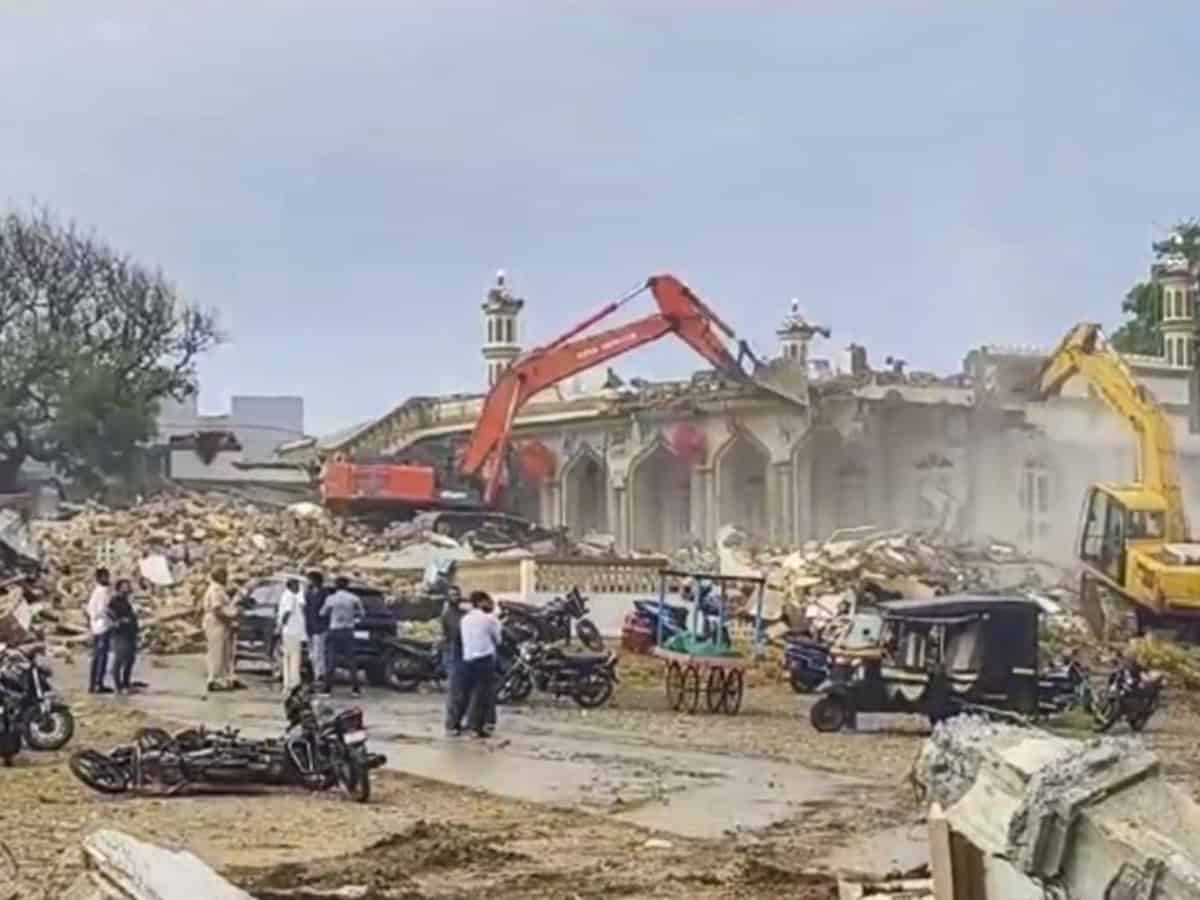
Supreme Court of India on Friday, October 25, declined to impose a status quo on the demolition of several structures including mosques and dargahs in Gujarat’s Gir Somnath. This decision came after solicitor general Tushar Mehta argued that the structures in question were illegally built on government property and there was no legal claim from the petitioning Auliya-E-Deen Committee.
Pertinently, on September 28, 2024, authorities in Gir Somnath district demolished several mosques, dargahs, and graveyards as part of an anti-encroachment drive. The demolitions took place in the early morning hours and lasted for over six hours. Reports indicate that a total of nine mosques and shrines, 45 homes, and lodges were demolished.
Court’s Rationale
The petitioners represented by senior advocate Kapil Sibal submitted that the said properties were built on Waqf land and urged the top court to direct the state government not to create any third-party right.
The petitioners also argued that the demolitions were done without due regard to section 82 and section 52 of the urban planning and development laws without adequate notice or an opportunity to be heard contrary to a previous Supreme Court order made on September 17 which stated that no demolitions would take place without the court’s approval.
A bench of justices BR Gavai and KV Viswanathan found that passing an interim order was unnecessary after solicitor general (SG) Tushar Mehta, appearing for the Gujarat government, assured the Court that the land would remain with the government and not be allotted to any third party until further orders, Bar and Bench reported.
The bench admitted the difficulties of the case. However, they rejected the request to give a stay order immediately.
They pointed out that if there was evidence of contempt in respect of their earlier order to replace the structures, they would proceed to rebuild these demolished structures. The Gujarat government on the other side justified its actions by claiming that the removal of the structures was a part of the exercise to clear encroachment on other public land adjacent to the water bodies, asserting that all legal procedures had been followed before the demolitions.

